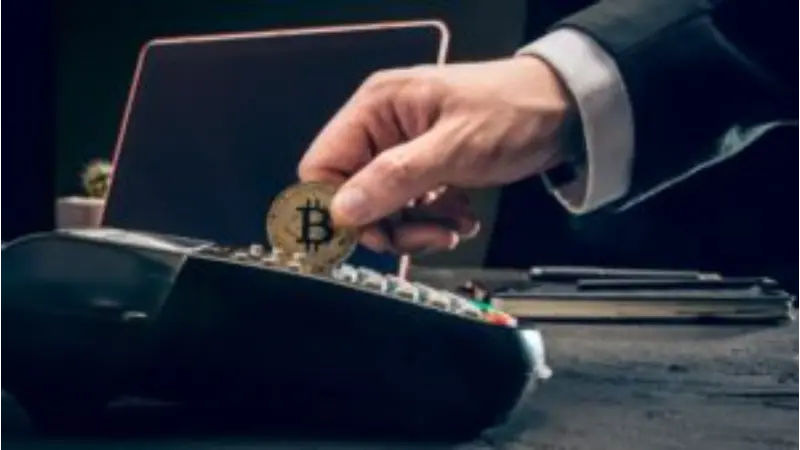
Central Banks’ Digital Currency Projects and Their Impact on Cryptocurrencies
According to a recent survey, about 7 central banks addressing 20% of the total population on earth will issue their own digital currency. Banks that take steps to issue their own digital currencies are increasing day by day in their developments in this regard. The decline in the use of cash, so that central banks are trying to use digital currencies to fill gaps and catch up with innovations, so that central banks turn to designs and projects that can create a driving force is very often on the international agenda. It is a matter of curiosity how these attitudes of the central banks, which are very enthusiastic about digital coins and accelerate their plans, will affect the crypto coins.
Rather than completely disabling cryptocurrencies, central banks are focusing on the digitization of stablecoins and stablecoins in moments when the influence of cryptocurrencies is weakening. However, many central banks have yet to analyze private digital tokens . According to the research rates, 58% of the central banks have taken steps to ensure the monetary and financial stability of the stablecoin. 39% have not analyzed this issue, and the remaining 3% do not know about it yet. Another issue that draws attention is the percentage rates of projects in the field of digital money. The proportion of central banks adopting digital currency expansion is 54%. Another 15% have already started their pilot programs as well as expansion.
The returns of digital transformation along with technological innovations have led to the advancement of crypto coins and banks to see crypto coins as competitors to them. The use of cryptocurrencies as a means of payment in international trade and the emergence of payment systems for this area have been a driving force for both central banks and states. Thus, central banks’ digital currency moves have become imperative.
The World Economic Forum (WEF) recently published a guide to the steps that central banks should take to implement cryptocurrencies The most striking “recommendation” in the guide is the emphasis on the need for further analysis. Thus, it seems that central banks have made the breakthrough, but they need time and analysis to fully understand cryptocurrencies and their uses. Under these conditions, the fact that banks see crypto coins as competitors and take steps in this direction increases the reputation of crypto coins and creates the phenomenon of trust.